| Go Back | ||
The Building Blocks of Wholeness Christopher Alexander's Fifteen Properties This summary and restatement of the fifteen properties has been written for the application to neighborhoods. |
||
|
A wholeness, is an area of space or land, in which various centers have arisen. On an open green field site, there will be hillocks, edges, cliffs, dips, old trees, ... In an urban site there will be a view towards a beautiful building, a sidewalk wide enough to enjoy, a railing or a cafe which marks a spot so people gather around it. In either case, these centers which have arisen, form the wholeness of the place, and they are, to a greater or lesser degree, coupled with one another. As a result of this coupling, each center gains a little more life. A detailed example of how this coupling works.
In a neighborhood, these centers, and their couplings, will occur at different scales. A village green, a path, a bench, a town hall, a low wall around the green, trees around the green, lanes leading to the green, houses and gardens on these lanes, flower beds in the garden of a house, a lawn, with a distant view…. Since each of these centers brings more life to another, through this coupling, gradually, all the centers together become more vibrant, more self-sustaining, and more alive.
There are just fifteen kinds of glue, or connection, or coupling between centers. They are the ways in which one center can embellish another, or help to give it life.
These fifteen kinds of "glue" may be seen as relational structures that are possible, between centers, and which, in creating these connections, form deeper wholeness in that part of space. And the deeper the connections are, the more alive that wholeness is.
Everything, then, in the process of giving life to a neighborhood, may be seen through the introduction of one or another of these fifteen properties. When building on the wholeness that already exists, each of these 15 properties introduces more life to the neighborhood. Each property also brings with it additional centers that embellish those that exist. But this only works if they build on. and extend, the existing wholeness. This is the process through which life is brought into the environment.
| ||
1. Levels of Scale
|  INDIA | |
| Do you see the range of sizes of the different entities in this place in India? The columns, the spaces between the columns, the distant view, the column capitals, the column bases, the smaller pieces etched into the columns bases, the flutes on the columns, the arches between the columns, the niches on the wall, the wall itself. Within the structure of any coherent wholeness, there is a balanced range of sizes of the entities which appear there -- and it is this balance of sizes that is pleasing and beautiful. As wholeness gets built up, each entity that appears is related to smaller entities, usually no more than about 3 times smaller, and equally, to larger entities, usually no more than about 3 times larger. The surprising thing about this property is the smallness of the scale steps between different sized neighboring entities -- more like 1:2 and 1:3, than 1:5 or 1:10. A multilayered, multiscaled structure of this kind should be present in every part of the neighborhood, distinct and visible as part of its essential structure.
  A Zulu farm in South Africa Jerusalem
So, what we have in almost any coherent structure, is a range of scales, entities of different sizes, with only small scale jumps between adjacent ones. In any coherent, well-adapted, complex system, any entity which is 10 cm across, is likely to be accompanied by entities that are 5 cm across, or 3 cm across, and is also likely to be accompanied by entities that are 15 or 20 cm across. The range of sizes that appears in any naturally occurring whole, is subtle; entities are of different sizes, but stepped down in very small jumps -- rarely in large jumps. Our common assumption about a universe made of large jumps in scale, is not borne out in complex systems. If we seek to make a coherent, living system in a neighborhood, we must create this subtly tuned range of sizes. We must pay attention to it, and we must make sure that the geometric structure of our creation, includes this geometric quality of many levels of scale among its elements, so that the elements are neither homogeneous in size, nor do they display exaggerated jumps in size with no in-between levels to span the gaps. Do you think that you now have this property clear,and that you understand. To shock you, in a friendly way, please look at this photograph of Inca stonework. Here you see levels of scale as it really needs to be. If you look at the largest stone, to the right of it you see another that is half the size; below you see one that is a quarter the size. Then below that, one that is an eighth the size; and tucked into a cranny above that one there is another one about 1/16th the size. Now try to imagine what it might be to create such a marvellous, tightly interlocking system of coherent spaces in a neighborhood -- according to this ladder of sizes. Can you do it?
In a neighborhood, every step in the process of conceiving, laying out, building, or repairing the neighborhood, may introduce or strengthen new centers, by establishing the levels of scale relationship between them. |
||
2. Strong Centers |  NORTH AFRICA Courtesy of Andre Martin | |
If you look at this mosque, the eye goes straight to certain obvious centers: the courtyard is one of them. The dome at the far end is another; and the dome at the near end as well. There are other domes which also form centers. The carefully shaped arches in the arcade on the far side of the courtyard, they are centers, too. In all these cases, the center is not merely a geometric point center. It is an arrangement, in its own right, which together with the space and configuration around it, creates a sensation of centeredness. It is not merely a sensation. It is an actual gathering together of the structure of space, which forms a pocket, or blip, or field effect that we best describe by calling it "a center." Further, this sensation of centeredness occurs in greater or lesser degree in different centers -- some are stronger than others. And the strength or degree of centeredness of any one center comes about because space has been shaped in such a way as to make this centeredness visible, and strongly felt.
| ||
3. Thick Boundaries |  JAPAN Courtesy of www.natureoforder.com | |
xxxxxxxx | ||
4. Alternating Repetition | 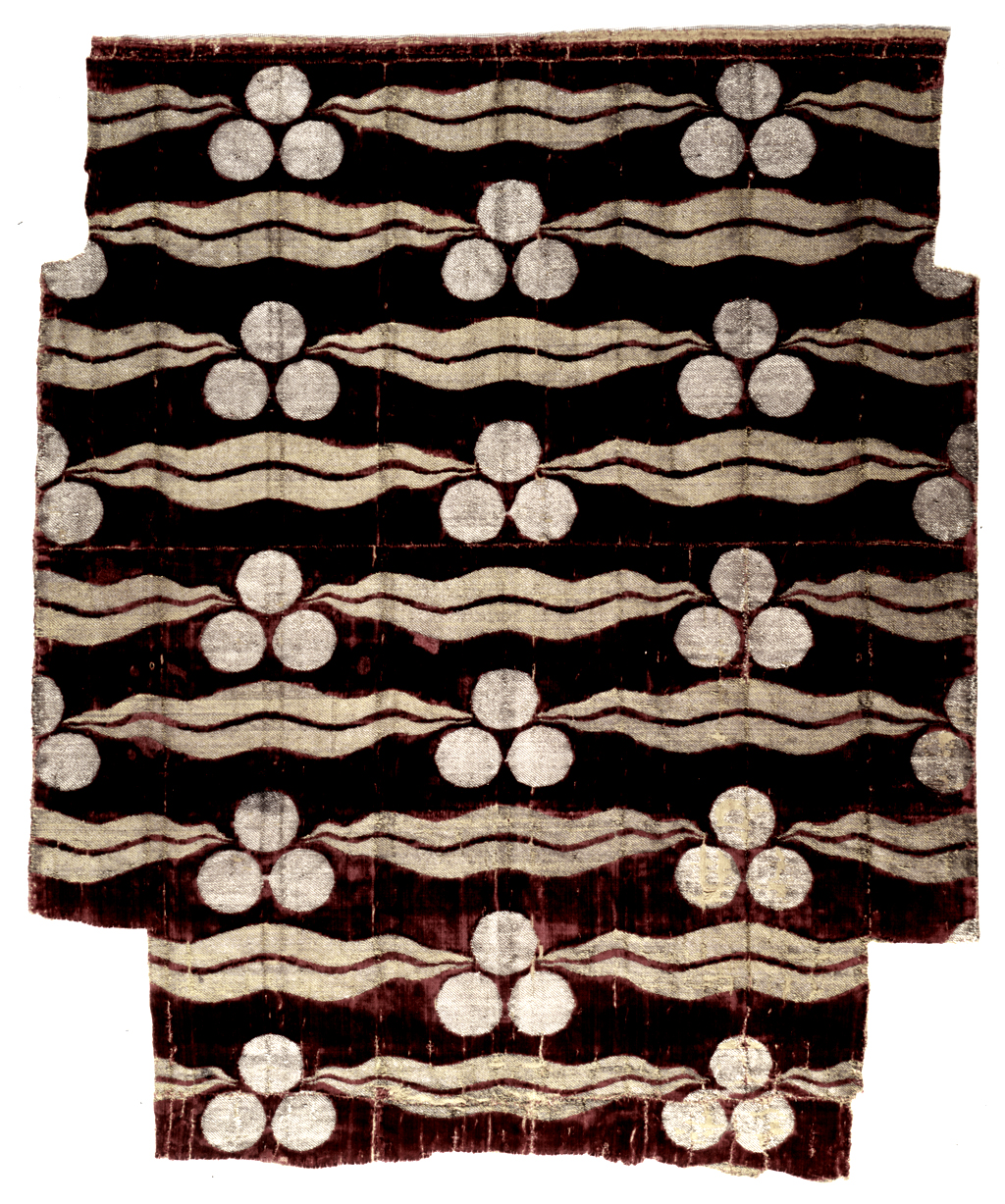 ANATOLIA Courtesy of www.natureoforder.com | |
xxxxxxxx | ||
5. Positive Space |  FRANCE Courtesy of www.natureoforder.com | |
xxxxxxxx | ||
6. Good Shape |  GREECE Courtesy of www.natureoforder.com | |
xxxxxxxx | ||
7. Local Symmetries |  SPAIN Courtesy of www.natureoforder.com | |
xxxxxxxx | ||
8. Deep Interlock and Ambiguity | 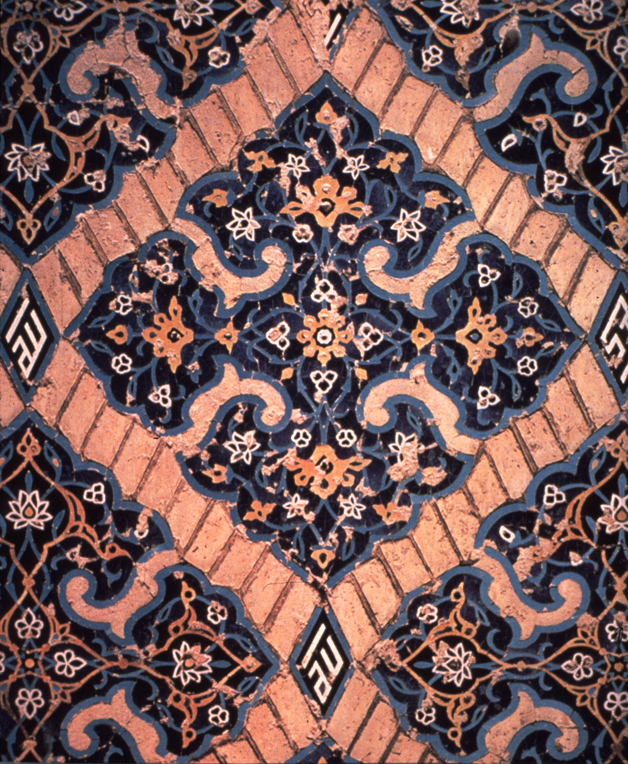 PERSIA Courtesy of www.natureoforder.com | |
xxxxxxxx | ||
9. Contrast |  PERSIA Courtesy of www.natureoforder.com | |
xxxxxxxx | ||
10. Gradients |  CALIFORNIA Courtesy of www.natureoforder.com | |
xxxxxxxx | ||
11. Roughness | 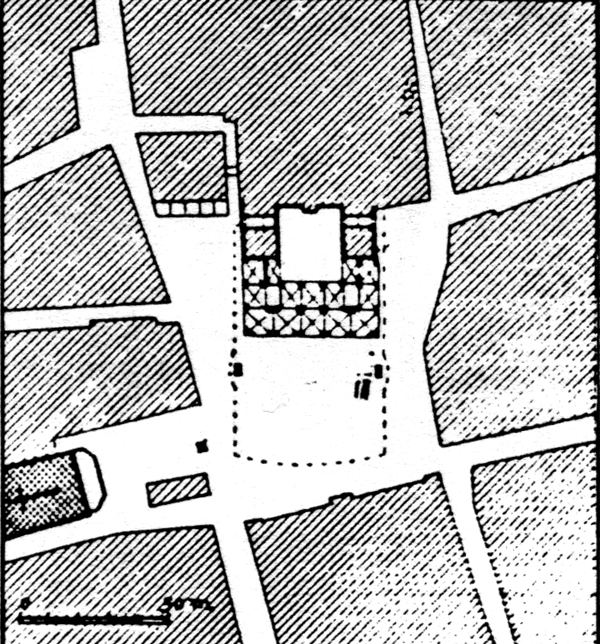 GERMANY Courtesy of www.natureoforder.com | |
xxxxxxxx | ||
12. Echoes | 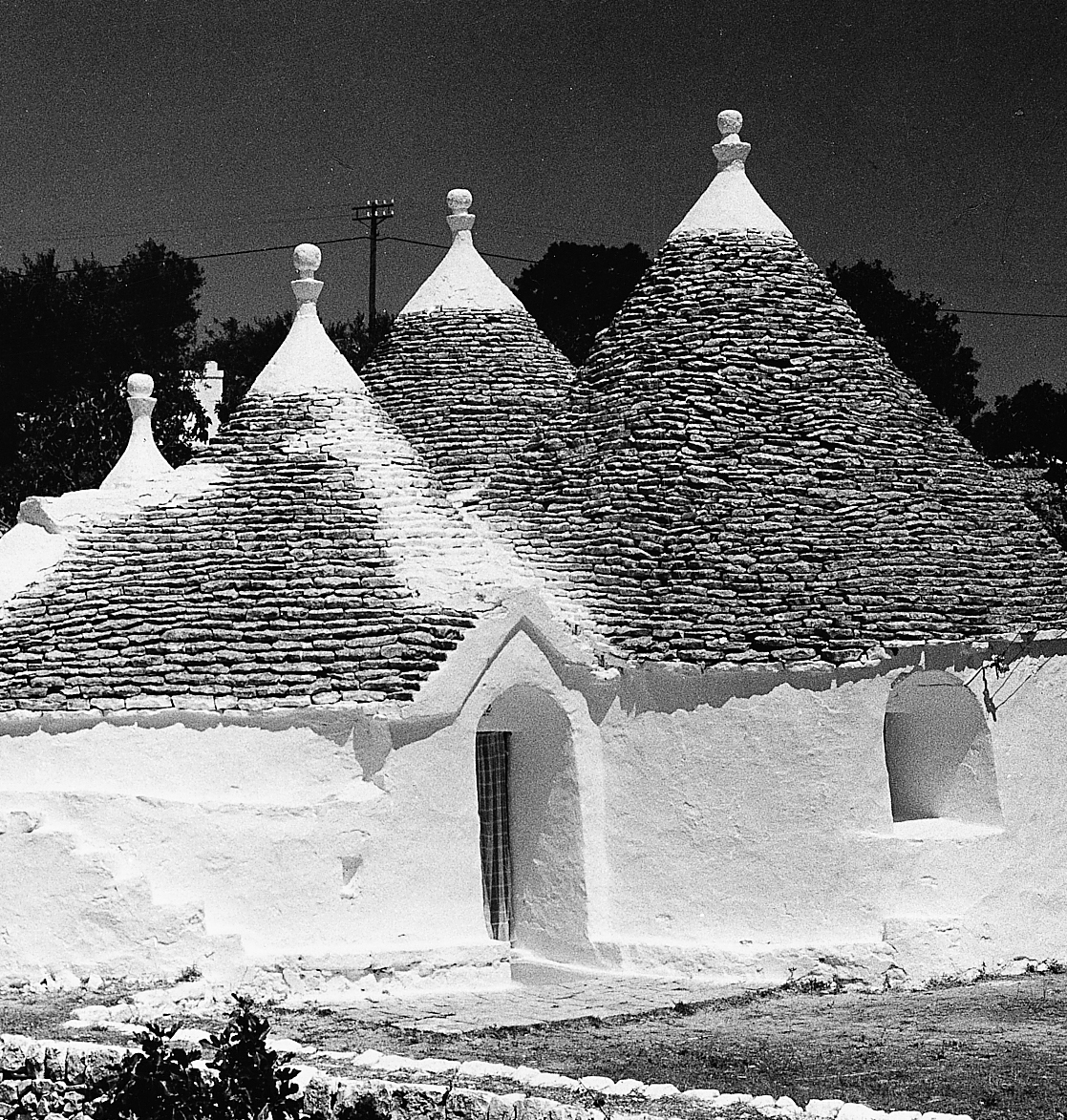 ITALY Courtesy of www.natureoforder.com | |
xxxxxxxx | ||
13. The Void | 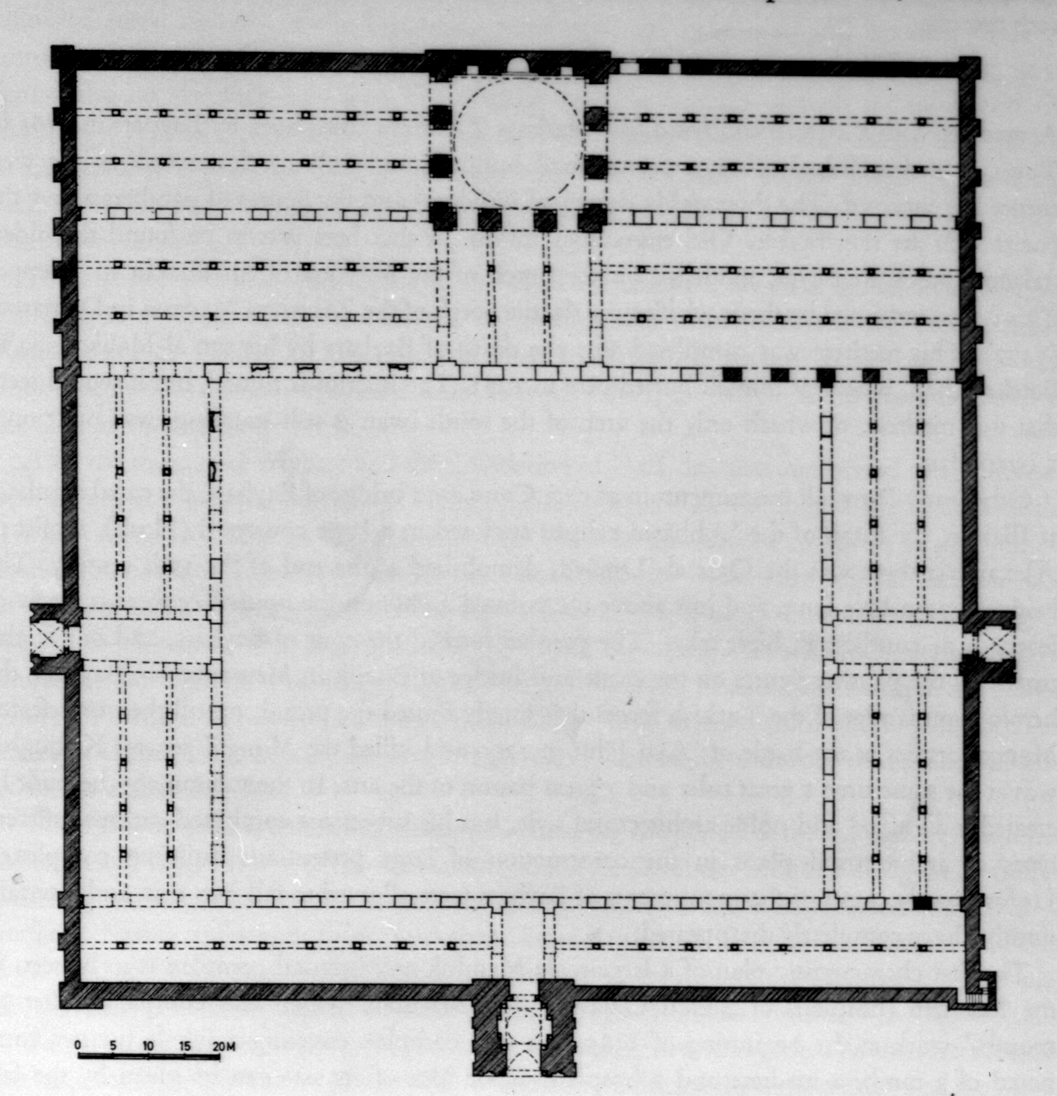 EGYPT Courtesy of www.natureoforder.com | |
xxxxxxxx | ||
14. Simplicity and Inner Calm | 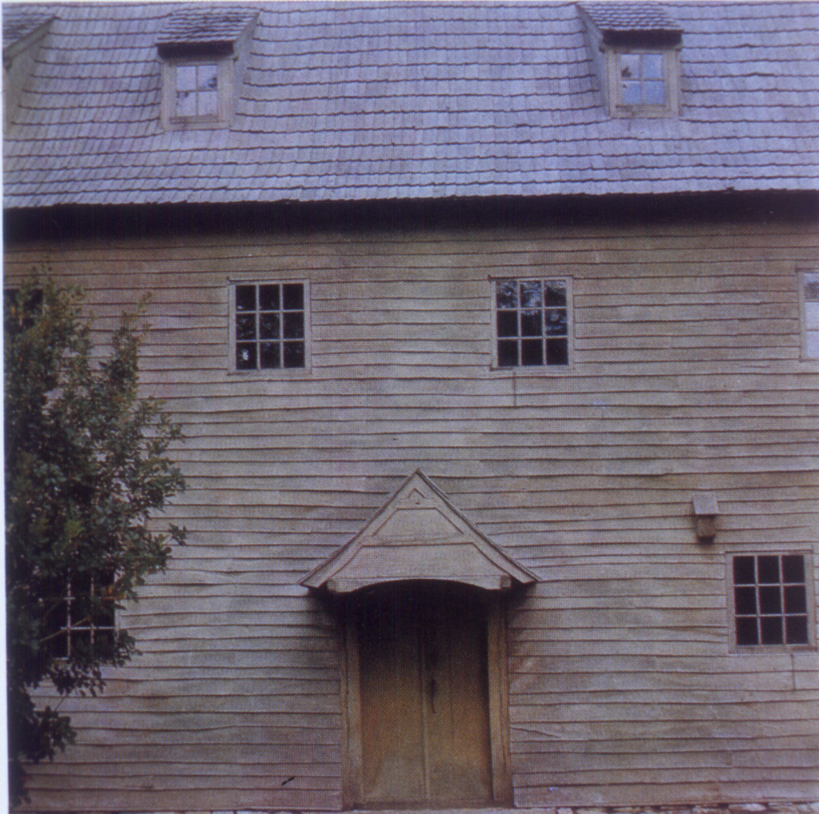 NOVA SCOTIA Courtesy of www.natureoforder.com | |
xxxxxxxx | ||
15. Not Separateness |  ENGLAND Courtesy of www.natureoforder.com | |
xxxxxxxx | ||


